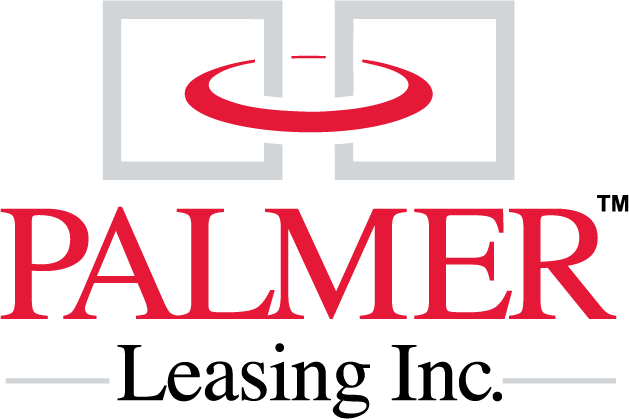Trailer Lubrication
Use standard, LP-2 chassis grease for all trailer lubrication points having fittings. Apply grease with a suitable pressure type grease gun that fits the lubrication fittings. The gun may need a flexible extension on it to enable you to reach certain fittings.
Clean each fitting and wipe off old accumulated grease before applying fresh lubricant. When old grease is forced from the joint, the part has been adequately lubricated.
Replace faulty or broken trailer lubrication fittings. Use a rag to clean all lubrication fittings before applying lubrication. The person doing the lubricating has an opportunity to inspect parts of the vehicle that are relatively inaccessible. Any noticeable leaks of grease, excessive rusting of the chassis parts, broken, bent or damaged bolts and brackets, or other defective members should be reported for corrective action.
Wheel Bearings & Hubs
The wheel bearings on your Trailer may be oil or grease lubricated. Before attempting to service this part, determine which type of lubricant is used and follow the appropriate service procedures. Change the lubricant whenever it is contaminated or when the wheel end cavity is disrupted by removing spoke wheel or hub. Always follow the instructions of the axle manufacturer when servicing wheel end components.
To check the oil level, make sure the trailer is on level ground. Wipe the hubcap clean with a rag and inspect the lubricant level. The hub should be filled with all-weather oil SAE 80W-140 (or equivalent) to the level indicated by a mark on the hubcap. MINIMUM LEVEL ALLOWABLE – 1/4 inch mark. If the lubricant level is low, remove the center plug and add oil to proper level. DO NOT OVERFILL.
Landing Gear (two speed)
Under normal operation conditions, your landing gear should never require lubrication. However, grease zerks are provided in the leg and the gearbox housing if necessary. Follow the landing gear manufacturers instructions for service and maintenance.
Brake Camshafts
Lubricate the brake camshaft bearings with chassis grease. There are four fittings located on each axle.
Brake Shoes
When brakes are relined, apply an even coat of lubricant or equivalent be- tween contact face of anchor pin brushing, brake shoe area, and spider faces. Coat anchor pin completely. Wipe off all excess grease.
Brake Roller & Cam Heads
When the wheels and hubs are removed, place a light film of lubricant on cam roller follower shafts, journals, and the top and bottom surface of the S-cam.
Suspension
Refer to the suspension manufacturers instructions for details on the correct maintenance of your suspension.
Fifth Wheel
Check the fifth wheel locking jaws or hook (depending upon the model) and support brackets for lubrication fittings and lubricate as required.
Hydraulic Oil ReservoirL
Whenever the hoist is lubricated, the condition and level of the oil in the res- ervoir tank should be checked. Dirty oil is the main cause of expensive pump and cylinder repairs. Dirty oil is detectable and should be replaced before con- siderable damage is done to the system. A sample from a dipstick will show its condition. Place a drop of the sample on a blotter, cloth or paper. Any notice- able residue means dirty oil.
Reservoir Level Check
Measure oil level with the trailer hoist cylinder in the center position. The trailer must be hooked up to the truck tractor. Remove the reservoir filler cap and inspect oil level. Use care in filling reservoir so that dirt or other foreign material does not get into the hydraulic system.
-
- Rectangular tank – fill to two inches below flange of reservoir.
-
- Cylinder tank – fill to four inches below flange of reservoir.
Do not overfill. Install reservoir filler cap. There must be enough space to hold all the oil when the cylinder is retracted, with some space to allow for expansion when the oil is hot.
Draining Oil Reservoir
The hydraulic oil should be changed at least once a year or sooner if it be- comes contaminated. Drain the system by removing the reservoir drain plug. Catch all oil in a suitable container. Reinstall the plug and fill reservoir to required level with the proper type and grade of oil.
Oil Recommendations
-
- Use standard SAE 5 or 10 weight hydraulic oil.
-
- Detergent oils are not recommended because the additives attack the cylinder packing.
-
- Never use crank case draining, transmission oil, kerosene, fuel oil, water, or any non-lubricating fluids.
-
- Never thin oil with kerosene or fuel oil in winter operation. Either of these will cause packing to swell resulting in plungers sticking. Good low viscosity hydraulic oils are available on the market.
